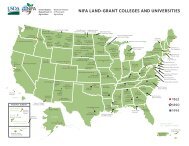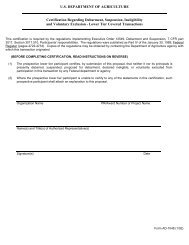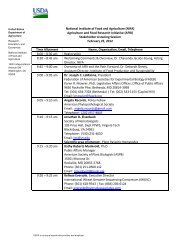Promoting Better Health for Young People Through Physical Activity ...
Promoting Better Health for Young People Through Physical Activity ...
Promoting Better Health for Young People Through Physical Activity ...
Create successful ePaper yourself
Turn your PDF publications into a flip-book with our unique Google optimized e-Paper software.
<strong>Promoting</strong> <strong>Better</strong> <strong>Health</strong> <strong>for</strong> <strong>Young</strong> <strong>People</strong>encouraged to take <strong>for</strong>mal educational courses offered by local recreationdepartments or sports-specific organizations. <strong>Better</strong>-trained coaches willenhance enjoyment of the team sports experience <strong>for</strong> young people,increase retention rates among participants, and help to reduce sportsrelatedinjuries.Community Structural EnvironmentA community structural environment that supports physical activity is onewith• An abundance of accessible, well-lit, and safe sidewalks, bicycle paths,trails, and crosswalks to facilitate walking and bicycling.• Sports and recreation facilities that are close to the homes of mostresidents, well-maintained, and safe.• Programs in place to motivate community members to walk, bicycle,and use the sports and recreation facilities.Strategy 8: Enable communities to develop and promote the use ofsafe, well-maintained, and close-to-home sidewalks, crosswalks, bicyclepaths, trails, parks, recreation facilities, and community designs featuringmixed-use development and a connected grid of streets.Research has found that moderate physical activity, such as walking andbicycling, offers substantial health benefits. 6 Walking is, in many ways, anideal <strong>for</strong>m of physical activity. It’s easy to do, requires no special skills orequipment, can be done by the vast majority of the population with littlerisk of injury, and is functional: It gets us places. Un<strong>for</strong>tunately, youngpeople today do not have the opportunities <strong>for</strong> walking that previous generationshad. Since the late 1940s, community and transportation developmentpractices have focused on increasing the efficiency of automobile use.Sidewalks, bicycle paths, and crosswalks are practically nonexistent in manycommunities developed since the 1960s.Asmall increase in thepercentage of tripsthat are walked ratherthan driven could resultin significant publichealth benefits.Nearly 25% of the trips made from home in our nation cover a distanceless than one mile, but 75% of those trips are made by automobile. 15 Asmall increase in the percentage of trips that are walked rather than drivencould result in significant public health benefits. Research has found thatpeople walk more when they live in communities that have greater housingand population density and more street connectivity (i.e., streets lead toother streets and stores, rather than just ending in cul-de-sacs). 40 Researchalso shows that people are more active in neighborhoods that are perceivedas safe and that have recreational facilities nearby. 41Communities need funding, guidelines, model programs, and ongoingtechnical assistance to implement these strategies. Departments of transportation,city planning, parks and recreation, law en<strong>for</strong>cement, public26


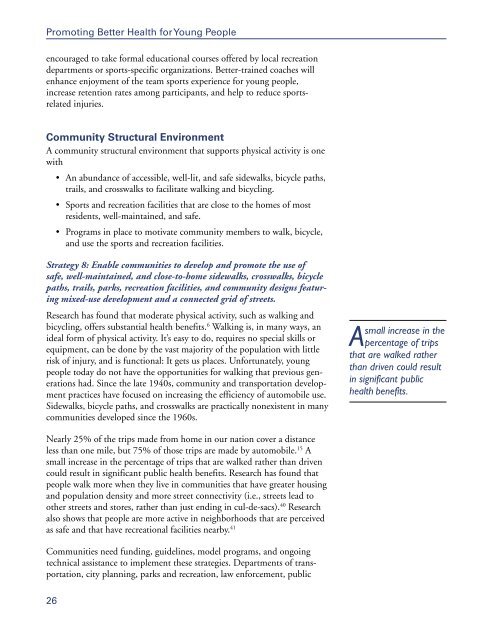
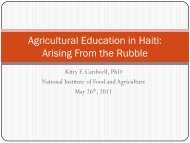
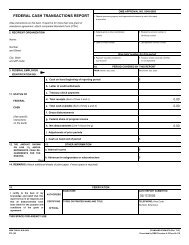

![[PDF] Choose Carbohydrates Wisely](https://img.yumpu.com/36196894/1/190x245/pdf-choose-carbohydrates-wisely.jpg?quality=85)
